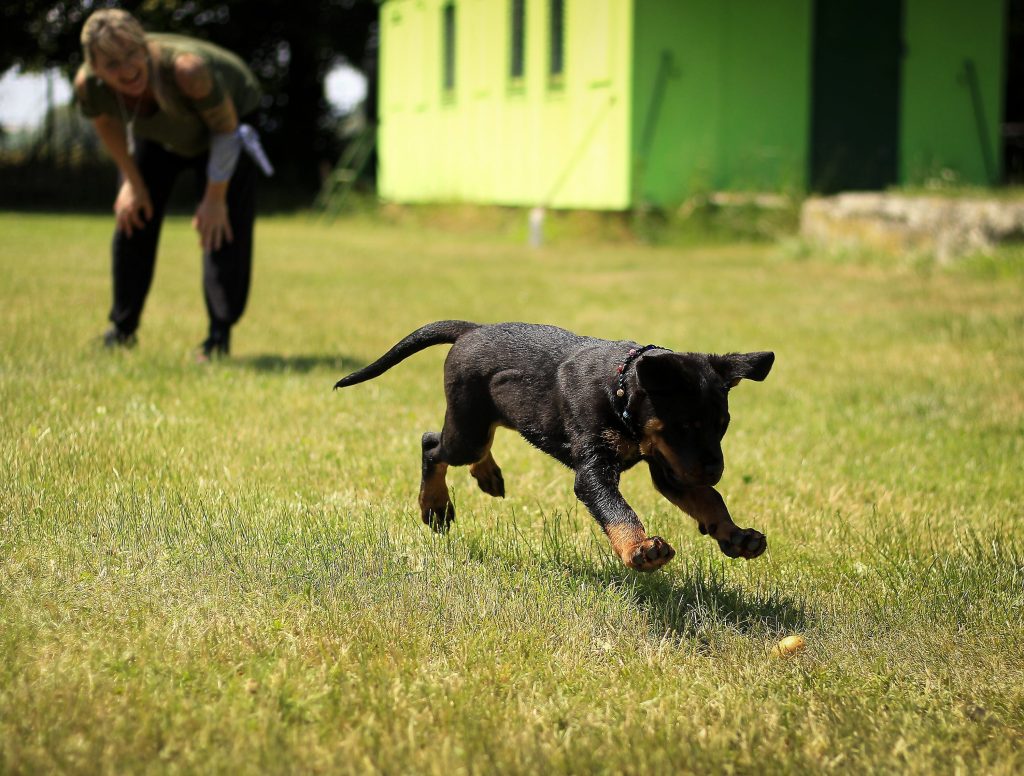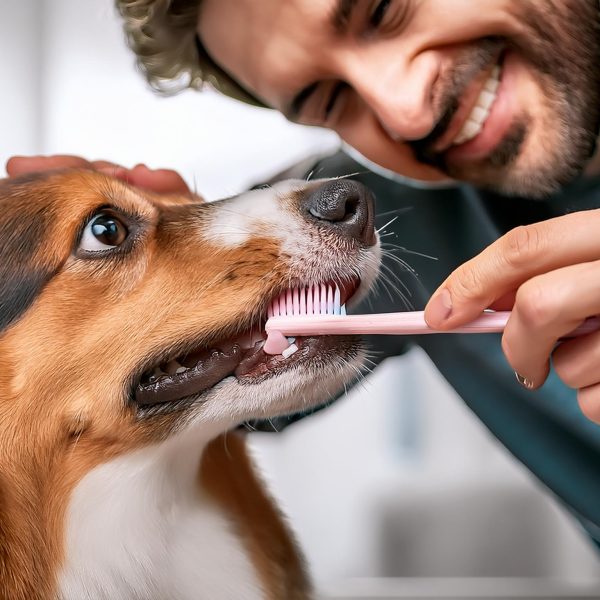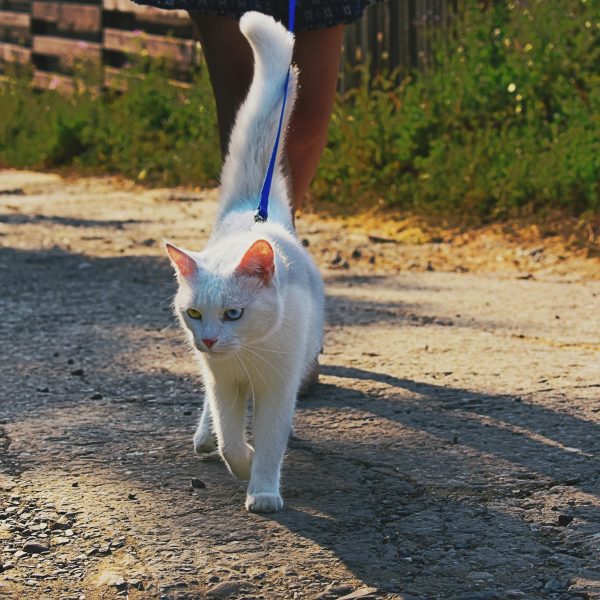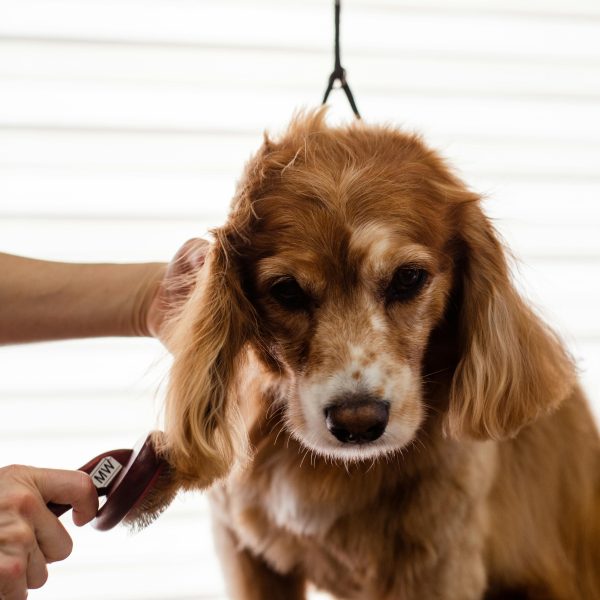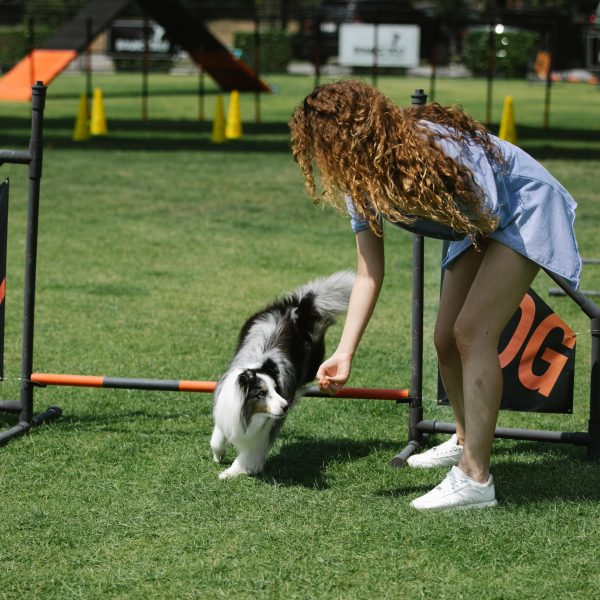Welcoming a puppy into your home is a delightful moment. The endless energy, contagious enthusiasm, and adorable behaviors of a puppy can bring joy to any household. However, with the happiness comes the responsibility of training your companion. Puppy training goes beyond teaching commands; it’s about laying a foundation for a well-behaved and contented dog. In this comprehensive guide, we will explore the aspects of puppy training to ensure both you and your pup begin on the right track.
Understanding the Puppy Mindset
Before delving into training techniques, it is vital to grasp how puppies think and behave. Puppies are like sponges, absorbing everything in their surroundings. They are naturally curious, eager to explore their surroundings, and always ready to learn. However, they may struggle with self-control and have limited attention spans. Keep these factors in mind as you embark on the training journey; be patient, consistent, and positive in your approach.
Developing a Strong Bond
The key foundation for training lies in establishing a bond with your puppy. Spend quality time together, engage in activities, and create associations with your presence. Building a bond with your puppy is crucial as it fosters trust, making training sessions more effective and enjoyable.
Essential Commands for Obedience Training:
- Sit:
- Hold a treat above their head.
- Gently guide them into a sitting position as they follow the treat.
- Once their bottom touches the floor, reward them with the treat and give them praise.
- Stay:
- Once your puppy has mastered sitting, introduce the “stay” command.
- Have them sit and then take a step back.
- If they remain in place, reward and praise them. Gradually increase the distance and duration of their stay.
- Come:
- The recall command or “come” is essential for your puppy’s safety.
- Use a tone of voice while stepping backward and saying “come.”
- When they reach you, reward them with treats and praise to create positive associations.
- Down:
- Teaching your puppy to lie down on command is beneficial in various situations.
- Lure them down by lowering a treat to the ground in front of them.
- Reward their obedience with treats and words of encouragement.
- Leave it:
- This command is helpful in preventing your puppy from picking up or chewing on things they shouldn’t.
- Say “leave it” when holding a treat, and only open your hand when they lose interest. Reward them and give praise.
Crate Training
Crate training provides your puppy with a comfortable space while preventing destructive behavior. Introduce the crate gradually, making it a positive place by placing treats, toys, and a bed. Use reinforcement when your puppy willingly enters the crate, avoiding using it as punishment.
Potty Training
Teaching puppies where to relieve themselves can be a challenge. Establish a schedule for feeding and bathroom breaks. Take your puppy outside after meals, upon waking up, and before bedtime. Praise them when they eliminate outside and offer a reward as encouragement. If accidents happen indoors, thoroughly clean the area to remove any lingering scents.
Socialization
Socialization plays a role in training puppies but is often overlooked. Expose your puppy to various environments, people, and other animals to help them become well-adjusted adults. Start by introducing your puppy to controlled situations and gradually increase the complexity as they grow. Creating positive experiences during this period will help shape them into a confident and sociable adult dog.
When it comes to training, reinforcement is key. Use treats, praise, and affection to reward desired behaviors. Avoid using punishment-based methods, as they can cause fear and anxiety, hindering the learning process. Consistency is crucial in training. Use commands, rewards, and rules to avoid confusing your puppy. It’s essential for everyone in the household to be on the same page when it comes to training methods, ensuring there are no mixed signals.
Common Behavior Issues:
- Chewing:
- Puppies naturally explore the world with their mouths. Provide chew toys and redirect their attention when they chew on inappropriate items. Consistency is key; teaching them what is acceptable to chew will help curb this behavior.
- Biting:
- Address biting behavior early on. If your puppy bites, say “ouch” in a high-pitched tone and stop playing with them momentarily. Only resume play once they exhibit appropriate behavior.
- Dealing with Barking:
- Understand the underlying cause of barking, whether it’s due to boredom, loneliness, or a reaction to triggers. Use reinforcement techniques to reward quiet behavior and teach a command like “quiet.”
Taking Professional Training Classes
Enrolling your puppy in training classes offers numerous benefits. Experienced trainers can provide guidance, address issues, and give your furry friend opportunities for socialization with other dogs. These classes also create an environment that aids in the learning process.
Patience and Perseverance
Training a puppy is a journey that requires patience and perseverance. Celebrate achievements along the way and don’t get discouraged by setbacks. Remember that each puppy is unique, and progress may vary. Stay dedicated to the training principles, and you’ll witness positive changes in your furry companion.
Puppy training is an enriching experience that strengthens the bond between you and your new four-legged family member. By understanding your puppy’s needs and using reinforcement techniques, approaching training with patience and love, you’ll lay the foundation for a well-behaved and contented dog. The secret to training lies in being patient, showing love, and dedicating yourself to building a trusting bond with your puppy right from the start. By providing guidance and maintaining a positive mindset, you and your furry companion can embark on a rewarding journey filled with happiness and fulfillment.

